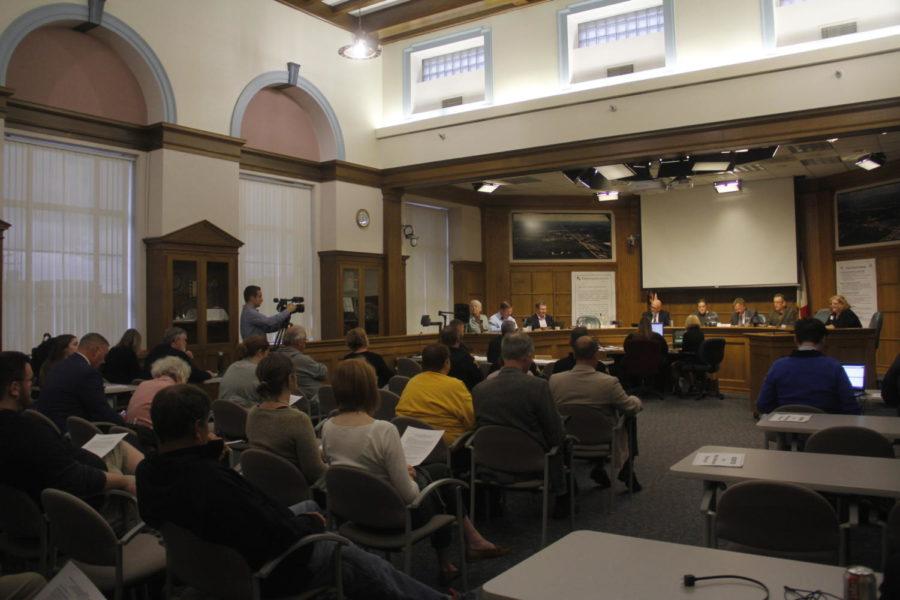Editorial: The homeless are not inherently dangerous
September 26, 2018
Following the death of women’s golf star and Iowa State student Celia Barquín Arozamena on Sept. 17, a sense of fear has infiltrated the community — rightfully so.
What happened to Barquín Arozamena is unsettling and unnerving. For Celia, Mollie and all other women, the fear of being attacked, whether at night or during the day, can be constant.
But this fear, no matter the circumstances, should not be used as a tactic to discriminate against the homeless population in Ames.
It is unfortunate that the man charged with the first-degree murder of Barquín Arozamena is being identified not for his long-criminal history, specifically detailing violence against women, but rather his current state of living.
As many things do, a debate regarding the homeless population in Ames has channeled its way through social media.
On a post in Ames People — a Facebook group with roughly 20,000 members in the Ames community — one individual posted, “I’m extremely sickened that an innocent young woman was murdered senselessly in our tiny, exclusive city. Why on earth are we tolerating homeless people here?”
On the opposite spectrum, another individual posted, “Homeless people are not the problem. Change my mind.”
Each post garnered hundreds of comments and likes.
On Tuesday evening, the Ames City Council dedicated a portion of its meeting to discussing safety in the city. Outside of public officials, only one person spoke. This is disheartening.
The forum needs more engagement and voice. Without it, it is impossible for the city to best know its next steps without understanding public input.
That being said, it is a notable step for the city to be proactive in addressing the community on safety, as well as discussing initiatives and steps to ensure continued efforts.
These efforts, Ames Police Chief Chuck Cychosz said, include extending safety walks in the city to parks and natural areas around Ames — all of which are good steps.
However, as the city works to better understand safety practices, it must also invest in helping its homeless population through extended resources and opportunities.
Mayor John Haila said at the meeting, “This one tragedy will not define us as an unsafe community.”
While that rings true, the necessity of a need for change is crucial.
It is pertinent that in order to heal as a city following the tragic death of Barquín Arozamena, the community shows up and stays involved. Along with this, the city needs to invest in its homeless population through providing more resources. A group of people should not be stereotyped as dangerous. The homeless are not inherently dangerous.







